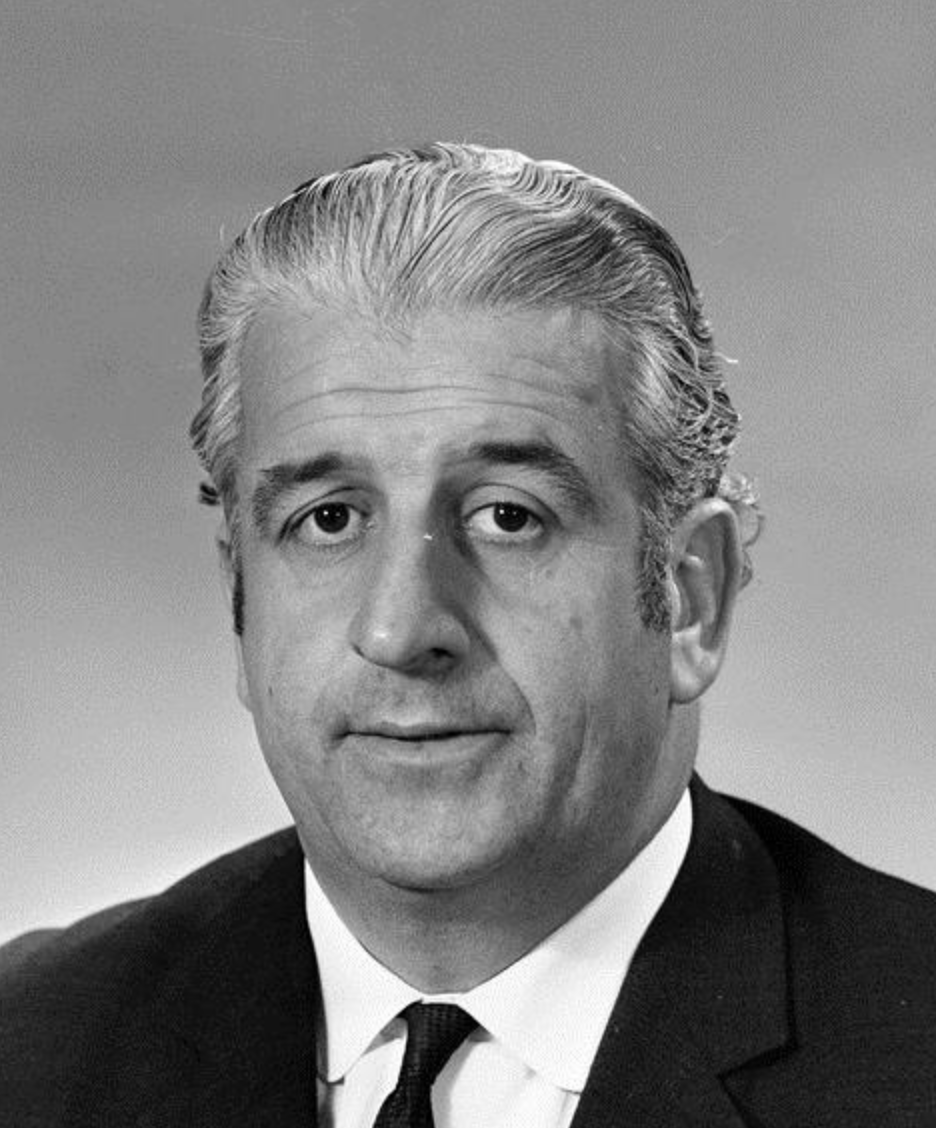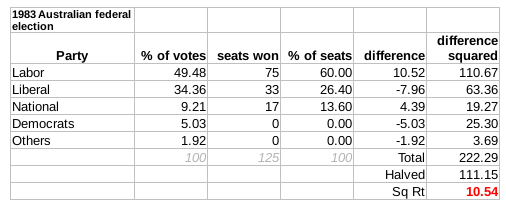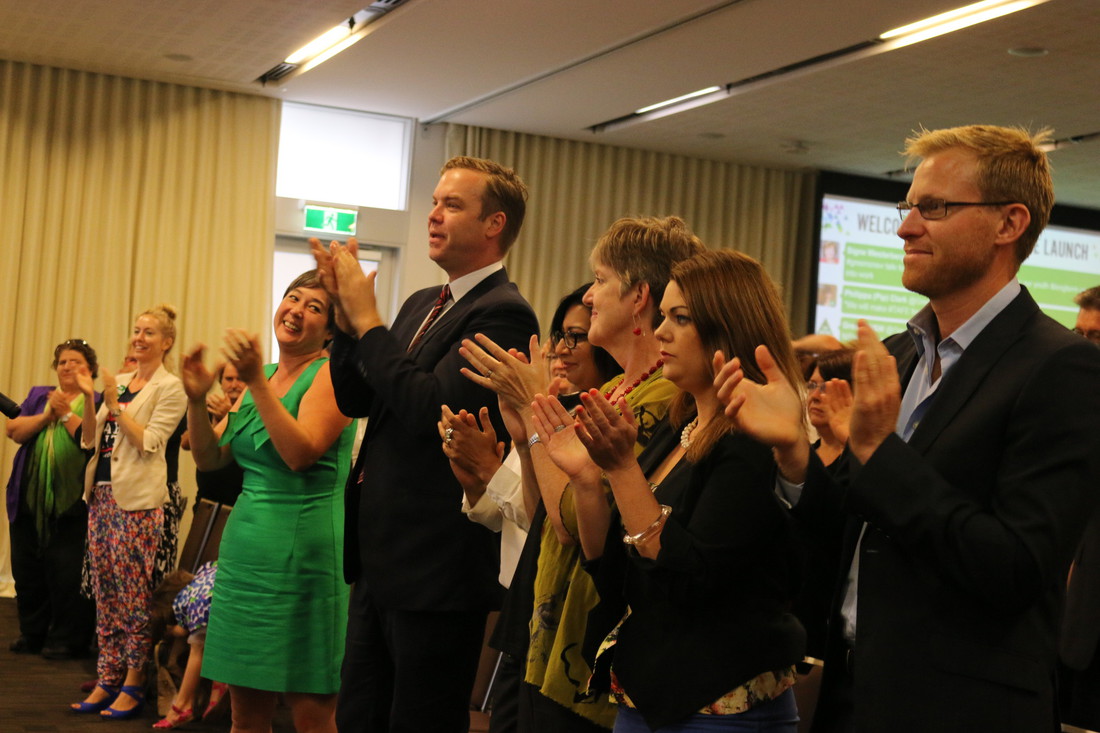|
Electoral Results For The Division Of Prospect
This is a list of electoral results for the Division of Prospect from the electorate's creation in 1969 until its abolition in 2010. Members Election results Elections in the 2000s 2007 2004 2001 Elections in the 1990s 1998 1996 1993 1990 Elections in the 1980s 1987 1984 1983 1980 Elections in the 1970s 1977 1975 1974 1972 Elections in the 1960s 1969 References * Australian Electoral Commission The Australian Electoral Commission (AEC) is the independent federal agency in charge of organising, conducting and supervising federal Australian elections, by-elections and refe ... [...More Info...] [...Related Items...] OR: [Wikipedia] [Google] [Baidu] |
Division Of Prospect
The Division of Prospect was an Australian Electoral Division in the state of New South Wales from 1969 to 2010. It was located in the western suburbs of Sydney, and included the suburbs of Fairfield, Smithfield, Kemps Creek, St Clair, Horsley Park and those parts of the suburb of Prospect south of the Great Western Highway which were the least populous parts of the suburb. The Prospect Reservoir was located within the Division. The origins of the Division date back to the redistribution of 21 November 1968, and was first contested at the 1969 Federal election. The seat was a safe Labor seat for its entire existence. Following the 2009 redistribution of New South Wales, the division was renamed McMahon to honour former Prime Minister Sir William McMahon. McMahon was first contested at the 2010 federal election. Members Election results References Announcement of renaming [...More Info...] [...Related Items...] OR: [Wikipedia] [Google] [Baidu] |
1993 Australian Federal Election
The 1993 Australian federal election was held to determine the members of the 37th Parliament of Australia. It was held on 13 March 1993. All 147 seats of the Australian House of Representatives and 40 seats of the 76-seat Australian Senate were up for election. The incumbent government of the centre-left Australian Labor Party led by Paul Keating, the Prime Minister of Australia, was re-elected to a fifth term, defeating the centre-right Liberal/National Coalition led by Opposition Leader John Hewson of the Liberal Party of Australia, and coalition partner Tim Fischer of the National Party of Australia. This was the first, and to date only, time the Labor Party won a fifth consecutive election. The result was considered an upset, as opinion polls had predicted a Coalition win. In his victory speech, Keating would famously describe the result as "the sweetest victory of all". The Coalition's loss was attributed to the unpopularity of Hewson and his economic policy, popularly ... [...More Info...] [...Related Items...] OR: [Wikipedia] [Google] [Baidu] |
1972 Australian Federal Election
The 1972 Australian federal election was held in Australia on 2 December 1972. All 125 seats in the House of Representatives were up for election, as well as a single Senate seat in Queensland. The incumbent Liberal–Country coalition government, led by Prime Minister William McMahon, was defeated by the opposition Labor Party led by Gough Whitlam. Labor's victory ended 23 years of successive Coalition governments that began in 1949 and started the three-year Whitlam Labor Government. Issues The 1972 election campaign dealt with a combination of Vietnam and domestic policy issues, and the role of the federal government in resolving these issues. The Coalition of the Liberal and Country parties had been in government for 23 years. Successive Coalition governments promoted conservative economics, trade, and defence. However, Australian economic prosperity during the post-war period of the 1950s and 1960s led to the emergence of a range of "quality of life" issues regarding urb ... [...More Info...] [...Related Items...] OR: [Wikipedia] [Google] [Baidu] |
1974 Australian Federal Election
The 1974 Australian federal election was held in Australia on 18 May 1974. All 127 seats in the House of Representatives and all 60 seats in the Senate were up for election, due to a double dissolution. The incumbent Labor Party led by Prime Minister Gough Whitlam defeated the opposition Liberal–Country coalition led by Billy Snedden. This marked the first time that a Labor leader won two consecutive elections. Prior to the election the voting age had been reduced from 21 to 18 years. The election was held in conjunction with four referendum questions, none of which were carried. Future Prime Minister John Howard entered parliament at this election. Snedden became the first Liberal Leader not to serve as prime minister. Background and issues Gough Whitlam had been an active prime minister since his party's victory in the 1972 election, and his government had pursued many socially progressive reforms and policies over its first term. However, it suffered through the 1 ... [...More Info...] [...Related Items...] OR: [Wikipedia] [Google] [Baidu] |
1975 Australian Federal Election
The 1975 Australian federal election was held in Australia on 13 December 1975. All 127 seats in the House of Representatives and all 64 seats in the Senate were up for election, due to a double dissolution. Malcolm Fraser had been commissioned as caretaker prime minister following the dismissal of Gough Whitlam's three-year-old Labor government by Governor-General Sir John Kerr, on 11 November 1975. The same day, Fraser advised an immediate double dissolution, in accordance with Kerr's stipulated conditions (see 1975 Australian constitutional crisis). The Coalition of Fraser's Liberal Party of Australia and Doug Anthony's National Country Party secured government in its own right, winning the largest majority government to date in Australian history. The Liberals actually won a majority in their own right, with 68 seats–the first time that the main non-Labor party had done so since adopting the Liberal banner in 1944. Although Fraser had no need for the support of the Natio ... [...More Info...] [...Related Items...] OR: [Wikipedia] [Google] [Baidu] |
1977 Australian Federal Election
The 1977 Australian federal election was held in Australia on 10 December 1977. All 124 seats in the House of Representatives and 34 of the 64 seats in the Senate were up for election. The incumbent Liberal- National Country Coalition led by Malcolm Fraser, in government since 1975, was elected to a second term over the opposition Labor Party led by Gough Whitlam. While the Coalition suffered a five-seat swing, it still had a substantial 48-seat majority in the House. The Liberals retained an outright majority, with 67 seats. Although Fraser thus had no need for the support of the National Country Party, the Coalition was retained. Whitlam became the first and only person to contest four federal elections as Leader of the Opposition. He was unable to recover much of the ground Labor had lost in its severe defeat two years prior, and resigned as leader shortly after the election. Background and issues The government offering tax cuts to voters and ran advertisements with the s ... [...More Info...] [...Related Items...] OR: [Wikipedia] [Google] [Baidu] |
1980 Australian Federal Election
The 1980 Australian federal election was held in Australia on 18 October 1980. All 125 seats in the House of Representatives and 34 of the 64 seats in the Senate were up for election. The incumbent Liberal–NCP coalition government, led by Prime Minister Malcolm Fraser, was elected to a third term with a much reduced majority, defeating the opposition Labor Party led by Bill Hayden. This was the last federal election victory for the Coalition until the 1996 election. Future Prime Minister Bob Hawke and future opposition leader and future Deputy Prime Minister Kim Beazley entered parliament at this election. Issues and significance The Fraser Government had lost a degree of popularity within the electorate by 1980. The economy had been performing poorly since the 1973 oil shock. However, Hayden was not seen as having great electoral prospects. Perhaps as evidence of this, then ACTU President Bob Hawke (elected to Parliament in the election as the Member for Wills) and then P ... [...More Info...] [...Related Items...] OR: [Wikipedia] [Google] [Baidu] |
1983 Australian Federal Election
The 1983 Australian federal election was held in Australia on 5 March 1983. All 125 seats in the House of Representatives and all 64 seats in the Senate were up for election, following a double dissolution. The incumbent Coalition government which had been in power since 1975, led by Malcolm Fraser (Liberal Party) and Doug Anthony ( National Party), was defeated in a landslide by the opposition Labor Party led by Bob Hawke. This election marked the end of the seven year Liberal-National Coalition Fraser Government and the start of the 13 year Hawke-Keating Labor Government. The Coalition would spend its longest ever period in opposition and the Labor party would spend its longest ever period of government at a federal level. The Coalition would not return to government until the 1996 election. Background and issues At the time of the election, the economy suffered from high inflation and high unemployment, alongside increases in industrial disputation and drought across much ... [...More Info...] [...Related Items...] OR: [Wikipedia] [Google] [Baidu] |
1984 Australian Federal Election
The 1984 Australian federal election was held in Australia on 1 December 1984. All 148 seats in the House of Representatives (24 of them newly created) and 46 of 76 seats in the Senate (12 of them newly created) were up for election. The incumbent Labor Party led by Prime Minister Bob Hawke defeated the opposition Liberal–National coalition, led by Andrew Peacock. The election was held in conjunction with two referendum questions, neither of which was carried. Background and issues The election had a long campaign and a high rate of informal voting for the House of Representatives, but decreased rate in the Senate (due to the introduction of the Group voting ticket). The election was held 18 months ahead of time, partly to bring the elections for the House of Representatives and Senate back into line following the double dissolution election of 1983. The legislated increase in the size of the House of Representatives by 24 seats and the Senate by 12 seats came into eff ... [...More Info...] [...Related Items...] OR: [Wikipedia] [Google] [Baidu] |
1987 Australian Federal Election
The 1987 Australian federal election was held in Australia on 11 July 1987, following the granting of a double dissolution on 5 June by the Governor-General Sir Ninian Stephen. Consequently, all 148 seats in the House of Representatives as well as all 76 seats in the Senate were up for election. The incumbent Australian Labor Party, led by Prime Minister Bob Hawke, defeated the opposition Liberal Party of Australia, led by John Howard and the National Party of Australia led by Ian Sinclair. This was the first, and to date only, time the Labor Party won a third consecutive election. Future Opposition Leader John Hewson entered parliament at this election. Since the introduction in the previous election in 1984 of leaders' debates, this was the only election in which there was not at least one leaders' debate due to Hawke's refusal to debate Howard. Background The Hawke Government had been in power since the general election of 1983, and had been re-elected in the snap electio ... [...More Info...] [...Related Items...] OR: [Wikipedia] [Google] [Baidu] |
Greens New South Wales
The Greens New South Wales, commonly known as Greens NSW, is a green political party in New South Wales and a member of the Australian Greens. First formed in 1991, the Greens NSW began as a state-level party before joining with other green parties in Australia to create the current federated structure. The Greens NSW continue to be separate to the other state and territory Greens parties in several regards. The Greens NSW tend to be more left-wing in their political positions in comparison to the other state parties, and continues to maintain the original Greens policy of not having a single parliamentary leader, instead being based on principles of collective leadership. The party currently sits on the crossbench in the New South Wales Parliament, and has representation federally in the Senate. History The first Greens party was registered in 1984, but the Greens NSW did not take its current form until 1991, when six local groups in New South Wales federated as a state poli ... [...More Info...] [...Related Items...] OR: [Wikipedia] [Google] [Baidu] |
1996 Australian Federal Election
The 1996 Australian federal election was held to determine the members of the Chronology of Australian federal parliaments, 38th Parliament of Australia. It was held on 2 March 1996. All 148 seats of the Australian House of Representatives, House of Representatives and 40 seats of the 76-seat Australian Senate, Senate were up for election. The centre-right Coalition (Australia), Liberal/National Coalition led by List of Australian Leaders of the Opposition, Opposition Leader John Howard of the Liberal Party of Australia, Liberal Party and coalition partner Tim Fischer of the National Party of Australia, National Party defeated the incumbent centre-left Australian Labor Party government led by Prime Minister of Australia, Prime Minister Paul Keating in a landslide victory. The election marked the end of the 5-term, 13-year Hawke-Keating Government that began in 1983 Australian federal election, 1983. Howard was sworn in as the new Prime Minister of Australia on 11 March 1996, alo ... [...More Info...] [...Related Items...] OR: [Wikipedia] [Google] [Baidu] |







